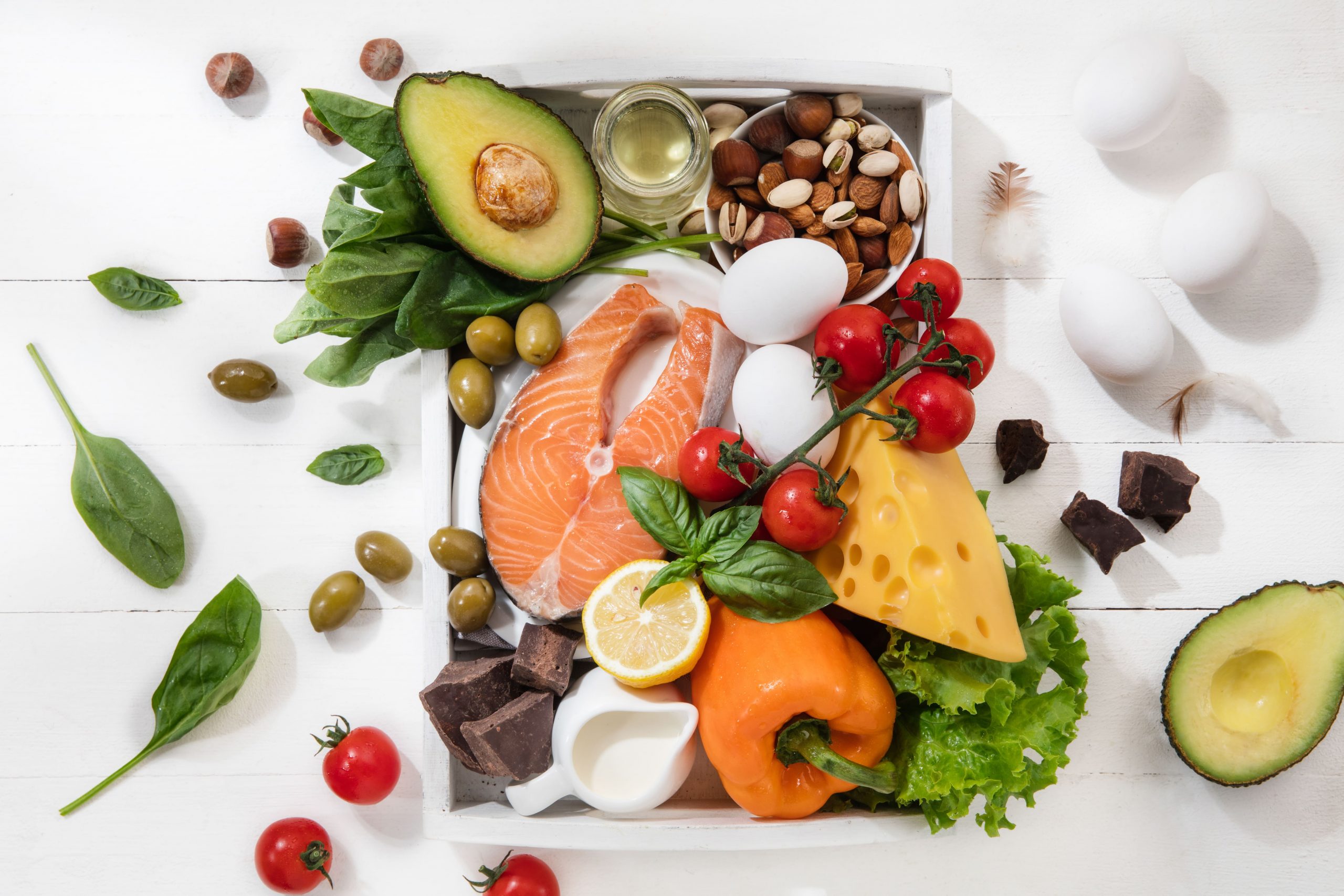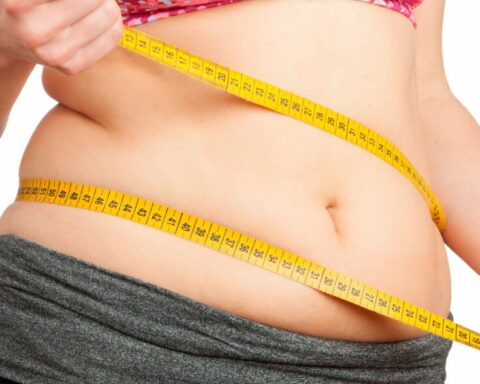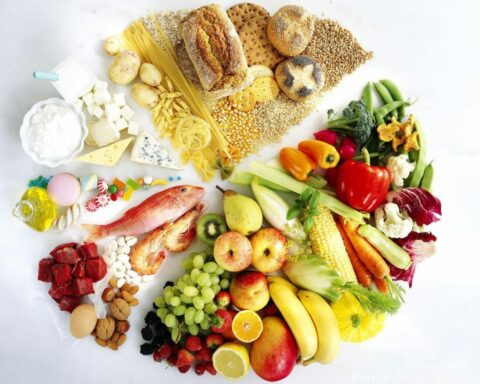The slow-carb diet was invented by Timothy Ferriss. It focuses on eating limited amounts of foods (carbs) in six days and whatever you want for one day, maximizing fat burning and feelings of fullness that aid weight loss.
The quest for weight loss is more popular today, with many people being obsessed with good shape and fitness. One way to lose weight is following Timothy Ferriss’ Slow-Carb Diet, detailed in his 4-Hour Body, written in 2010. By cutting down on carbs and adding a little more protein, the body is trained to burn more fat, resulting in weight loss. Besides, the diet helps increase the feeling of fullness, hence no need to snack every other time, also increasing the chances of making your weight loss a success.
Understanding the slow-carb diet
The slow-carb diet was invented by Timothy Ferriss in 2010 and consists of six days when you eat only the allowed foods and a day when you can eat whatever you want. During the six days, your diet revolves around vegetables, animal protein, legumes, fats, and spices, during which the amounts of the three first foods are slightly higher than the last two, which should be really low. There are four meals per day for the slow-carb diet. The diet has five rules, and the main principle for its outworking is the ‘minimum dose to attain maximum results.’ Besides, the diet recommends dietary supplements that, despite not being mandatory, will help fight nutrient deficiency and enhance the diet. It is effective at losing weight due to the synergistic effect of the foods eat, the proportions, and the plan itself.
Slow-car diet rules
According to Timothy Ferriss, the slow-carb diet should adhere to the following rules;
- ; including pasta, cereals, and bread. They basically mean processed foods from refined flour. For effective weight loss, you need to avoid them altogether. However, if you need energy, they could only be taken 30minutes after doing a resistance workout.
- ; of course, the earth has thousands of foods you could choose from. However, only a few will aid loss, and you need to find these from the five groups previously stated, mix and match the well, and repeat them during the diet days.
- ; meaning you need not take calorific drinks as they add little to no value to your body. Therefore, water should be your main drink.
- ; when you indulge in any drink or food, you’ve been craving for without worrying about getting all the weight back once again. It’s also called the cheat day, and it aims to take care of cravings that could jeopardize weight loss and replenish the lost calories during the diet days.
- ; while they are part of a typical balanced diet, fruits may jeopardize weight loss since their sugar (fructose) could increase blood fats levels and slow down the body’s fat-burning capacity.
What you can eat
There are five groups of foods you can eat, including animal proteins, legumes, fats, vegetables, and spices. Although the categories have many food options, Timothy Ferriss only lists a few to lower one’s chances of deviating from the diet or quitting altogether. Here is what is allowed in the slow-carb diet;
- ; including 1.2 whole eggs, grass-fed beef, chicken breast or thigh, why powder, specifically lactose-free and unflavored, fish, and pork.
- ; black, pinto, and red beans, lentils, and soybeans.
- ; cruciferous vegetables (including broccoli, kales, and Brussel sprouts), spinach, kimchi and sauerkraut, green beans, and peas.
- ; including dairy-free, 1-2 teaspoons per day of creamer, ghee, nuts, e.g., almonds, butter, olive oil, and macadamia or grapeseed for low-heat and high-heat cooking, respectively.
- ; salt, herbs, white truffle salt, and garlic salt.
What to avoid
Although the slow-carb diet only recommends a few allowed foods, it also specifies which ones to completely avoid while on weight loss and even afterward. They include;
- ; because of their fructose content, they can increase blood fat levels and mess fat burning; hence, they should be avoided and only eaten on refeed days.
- ; can cause insulin spikes like white bread’s and this is harmful to weight loss. However, the diet allows cottage cheese since it’s low on lactose (lower chances of insulin spikes) but high in casein protein.
- ; including those prepared from bread crumbs, are out of bounds in this diet because of their low and high nutritional values and calorie levels, respectively.
What you should know about the ‘cheat day’
The slow-carb diet follows a strict plan in which a person eats specific foods in limited amounts for six days and goes on a cheat or refeed day once a week. The cheat day helps replenish the lost calories during the diet days and take care of cravings since you eat and drink anything on this day. Besides, it helps bring up to speed metabolism in case it has slowed down, which is typical of restricted diets. Several studies affirm that the cheat day could weight loss since it boosts metabolism and promotes the production of the hunger-reducing leptin hormone. In addition, it increases the blood levels of leptin by 28%, making weight loss more effective.
Supplements aiding the slow-carb diet
The slow-carb diet leads to excess weight loss, hence the need to take a supplement to replenish the lost electrolytes. They include Magnesium (400 mg/day and 500 mg before bed), Potassium (99-mg tablets with every meal), and Calcium (1,000 mg/day) to boost sleep, and Alpha-lipoic acid (100–300 mg), Policosanol (20–25 mg), Garlic extract(least 200 mg), and Decaffeinated green tea flavanols with at least 325 mg of epigallocatechin gallate (EGCG) to boost weight loss.
Conclusion
The slow-carb diet was invented by Timothy Ferriss in 2010 in his 4-Hour Body book. It emphasizes eating certain foods, including animal proteins, legumes, fats, spices, and vegetables, for six days and one cheat day in which you eat and drink anything. Peer into this article to understand the diet, including what to eat and avoid, its rules, and which supplements to take.
- Chickpeas vs. Garbanzo Beans: What’s the Difference? - April 19, 2024
- How to Manage or Improve Anxiety - September 21, 2023
- The birth of a company - July 29, 2023









